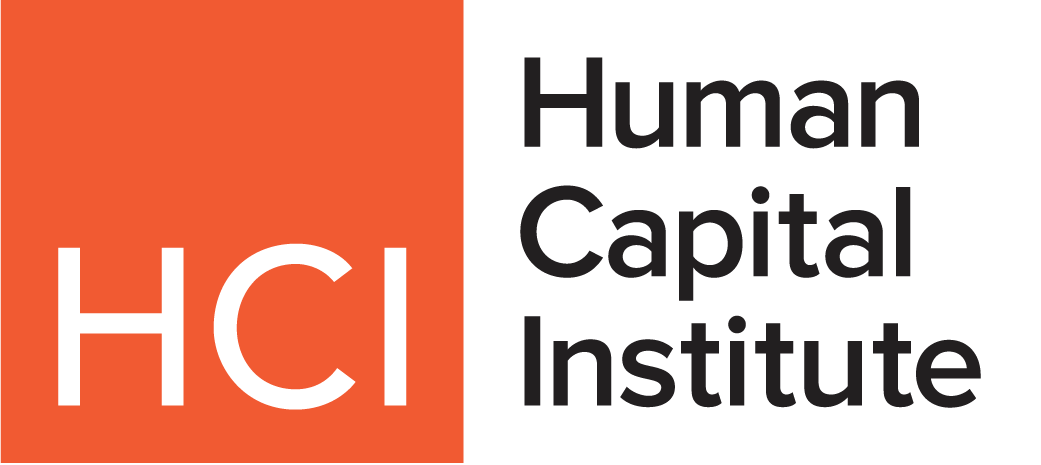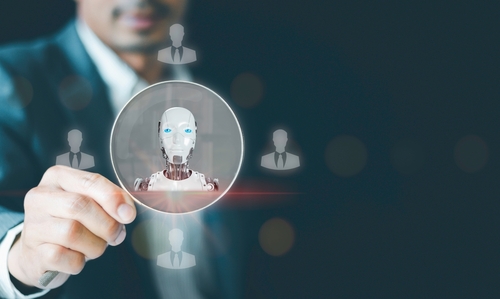There are very high expectations for how artificial intelligence (AI) will influence modern business practices. And this is for very good reason. After years marked by speculation and incremental advancements, AI has transitioned from theoretical discussions to tangible integration within our professional and personal lives.
Today, a significant number of employers have embraced AI-driven solutions, at least at a foundational level, recognizing the necessity to keep pace with technological progress and to remain competitive. There are many technology companies, current and newly formed, that are investing in hiring platforms driven by AI; and these companies could be a concern for staffing agencies. There is no doubt that technology can bring remarkable improvements in efficiency and speed. However, an over-reliance on automation is likely to diminish the value of human connection, intuition and the interpersonal skills that are critical to successful hiring outcomes.
The primary differentiator for the staffing industry is to be a nexus for human connections and strong relationships. To fully realize AI’s potential in staffing, organizations are best served by strategically thinking through the balance between automation and the human touch (or engagement). Overusing technology throughout the recruiting process will likely reduce the necessary one-to-one conversations which will remain key to make the best hiring decisions to ensure businesses move forward.
Underutilizing AI and automation could prevent organizations from competing on both speed and quality. Companies that find success will strike the right balance between technology and meaningful personal interactions.
Navigating The Integration of AI in Staffing Strategies
As AI continues to reshape industries around the world, its effect on staffing and recruitment strategies is becoming increasingly evident. Many organizations, in their efforts to modernize staffing practices with artificial intelligence, often encounter several common pitfalls that can undermine the effectiveness of their initiatives.
One frequent misstep is implementing AI as a top-down solution to undefined problems. Without a precise understanding of how technology can remedy specific staffing challenges, AI implementation risks being misaligned with the true objectives of the business.
Another challenge lies in adopting new technologies without first developing a comprehensive integration plan that considers existing personnel, workflows and organizational culture. This can result in confusion, redundancy and resistance among staff — ultimately limiting the transformative potential of AI-driven tools and reducing ROI on investments. Furthermore, when companies operate a disjointed network of solutions that are misaligned with their mission, inefficiencies and fragmented processes are likely to persist.
Perhaps most importantly, organizations sometimes overlook the subtle but significant impact that AI can have on creativity and human input within the staffing process. For effective integration, companies should approach AI adoption not just as a technical upgrade, but as a holistic evolution — one that harmonizes innovation with human insight and ensures that creativity, empathy and communication remain at the forefront of recruitment strategies. Companies would be well served to view AI and automation as how to execute a business strategy rather than the strategy itself.
Personal Connections Remain Essential in Staffing
According to Aerotek’s Job Seeker Survey, 68 percent of respondents say technology cannot fully replace the need for personal interaction. Additionally, 72 percent of job seekers believe personal interaction is important during the hiring process.
Personal interaction is a foundational element to instilling a sense of trust and transparency in the hiring process. It provides an opportunity for candidates to showcase their personality, ask questions and gain a deeper understanding of the company culture and values.
This human connection helps to build rapport and ensures that both the employer and the job seeker can evaluate mutual fit beyond the qualifications listed on a resume. Furthermore, personal interactions allow job seekers to express their enthusiasm and demonstrate soft skills, which are often best conveyed through face-to-face or voice conversations.
Balancing New Technology with Human Expertise
As organizations contemplate how best to integrate AI into their hiring practices, it becomes clear that success hinges on more than just implementing new tools — it requires a thoughtful approach that blends efficiency with connection so that technology amplifies, rather than replaces, the meaningful relationships at the heart of effective hiring.
To further illustrate how this balance can be achieved, it’s helpful to examine the distinct roles technology and human expertise play across the key stages of sourcing, screening and onboarding.
Sourcing
AI and automation have significant potential to enhance the sourcing stage of recruitment. During this initial phase, direct human interaction may be minimized as a robust recruitment marketing program coupled with AI solutions efficiently generate job descriptions, match candidates to roles based on their qualifications and utilize automated communications such as emails or text messages to engage potential applicants.
Screening
Digital engagement and automation can effectively conduct initial screening; however, the primary role of skilled recruiters is to thoroughly screen candidates through a conversation. The screening phase places greater emphasis on personal interactions and the human aspect of recruitment. While AI offers significant benefits, it also presents challenges related to fairness and unintended bias. Numerous reports indicate instances where AI tools may disadvantage applicants based on age or other criteria.
The screening process frequently marks the initial opportunity for hiring companies and candidates to communicate about job expectations and requirements. Utilizing automation for interview scheduling and documentation of discussions is strongly advisable. Nevertheless, candidates consistently express a preference for engaging with human representatives who can address their inquiries and provide detailed insights about the company and job opening.
Onboarding
After a candidate accepts an offer, automation has become an effective partner in facilitating a swift and seamless onboarding experience. Automating the documentation to ensure regulatory and client requirements are met has proven effective at significantly improving both speed and quality. To enhance the postplacement experience, Aerotek has developed a mobile application and talent community to efficiently address common questions from new hires.
These resources provide 24/7 access to essential information such as W2s and pay details, while also enabling direct communication with recruiters so that talent can engage how and when they desire. The integration of these technologies has significantly expedited talent integration and elevated the overall employee experience.
Ultimately, the most successful hiring strategies are those that harness the power of advanced technology while preserving the value of human insight. By approaching AI integration thoughtfully, organizations can create a recruitment process that is not only more efficient but also more engaging and equitable for candidates and hiring teams alike. In doing so, they set the stage for lasting professional relationships and continued success in an ever-evolving talent landscape.
Blair Kennard is the managing director of strategy and development at Aerotek. An influential leader with over 20 years of experience, Blair has been instrumental in driving the company’s growth and innovation.
Blair started at Aerotek in 2014 as the director of marketing — overseeing all marketing functions, including brand management, advertising, content marketing, public relations and sales support. In 2017, she was promoted to managing director of marketing and technology, where she continued to grow Aerotek’s marketing program while also driving digital acquisition results through technological development. Under Blair’s leadership, Aerotek has launched significant technological advancements, including integrated ATS/CRM and texting systems and a mobile application.
Blair excels in driving results through strategic partnerships and technology development. Her dedication to innovation enhances Aerotek’s competitive edge and ensures its position as a staffing industry leader.




